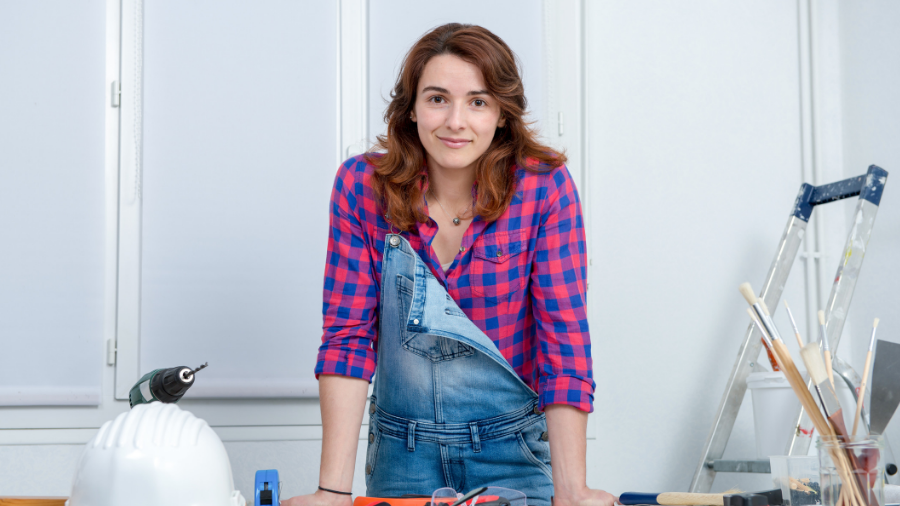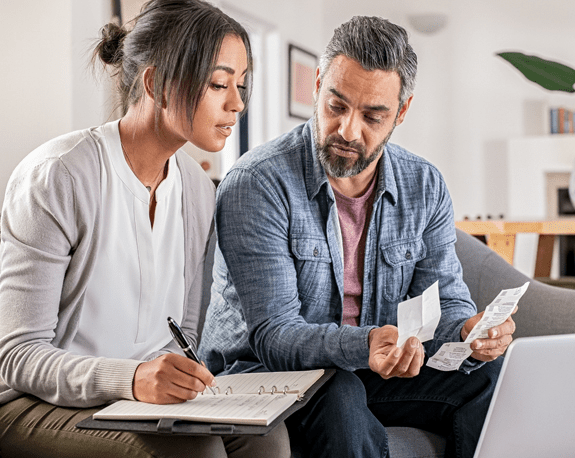All You Need To Know About Flipping Houses

Flipping houses is an investment concept. It involves purchasing a rundown home at the lowest possible price, spending the necessary time and money on fixing it up and then selling it for profit. Flipping, or rehabbing homes, has become the primary source of income for thousands of people across the country.
Are you thinking of launching your own home-flipping business? Read on to learn more about rehabbing properties for profit so you can make an informed decision.
Is it a good time to flip houses?
2019 is an excellent time to flip homes. The robust economy and falling mortgage rates are predicted to cause home prices to rise this year. This means rehabbers can make a more significant profit off each flip.
Before you get started
If you think house-flipping may be for you, ask yourself:
- How is my credit? Unless you’re paying for each house in cash, you’ll need to have a minimum credit score of 720 to qualify for a mortgage.
- Can I afford the down payment? You’ll need to have a large sum of cash available for your first down payment.
- Can I handle a delay or a loss? Flipping homes can be risky. Be emotionally and financially prepared for unpleasant surprises.
5 Steps to Starting a House-Flipping Business
Follow these steps to get your business up and running!
Step 1: Create a business plan
Sit down and write up a business plan before making any other moves. Outline your goals. First, delineate the number of projects you can realistically manage over the course of a year. Then, create timelines for each project. Finally, build a marketing strategy and determine a financing source for your business. Get as detailed as possible for optimal success.
Step 2: Acquire financing
The simplest way to flip a home is to acquire the entire property with cash. But, if you don’t have access to such vast sums of money, you can still be a successful house-flipper. You can take out a personal loan or a business loan, tap into your 401K, or open a HELOC against your home.
Step 3: Find the right group of professionals
If you’re super-handy around the house, you can rehab the homes yourself. Otherwise, you’ll need to hire a group of professionals to help you succeed at rehabbing the houses you intend to flip.
You’ll also need to seek counsel from attorneys and others who are well-versed in local laws. They will help make sure your house is up to code and that you have all the necessary permits for construction projects. Take your time researching and hiring the right group of professionals, as a smart choice now will save you loads of money and time down the line.
Step 4: Find your property
Once you have your business plan, financing, and group of professionals in place, you’re ready to look for your first property. But where do you start looking?
Most experts predict that the best investment opportunities of the 2019 housing market will be in the suburbs, and more specifically, in emerging new neighborhoods. This way, you can capitalize on lower prices without getting stuck with the house no one wants to buy in a less-than-desirable neighborhood. Check out factors like crime rates, desirable schools, and the number of foreclosures in any neighborhood you’re considering.
The best way to find homes is to trundle around a neighborhood, look for vacant houses, and then send the owners a letter, asking if they’re willing to sell. You can find properties for sale at auctions, on home-searching sites like Zillow and Realtor.com, or by driving around your chosen neighborhood and scouting out For Sale signs. It’s best to have a licensed inspector check a potential home for structural problems and deficiencies before you close.
Step 5: Buy, rehab, market, and flip
Once you’ve found a potential house to flip, use the “70% Rule” to determine if it’s a worthwhile proposition. The 70% rule states that an investor should pay no more than 70% of the ARV (after-repair value) of a property minus the repairs needed. If you follow this rule and all works out, you’ll walk away with a sizable profit.
As soon as you finalize your purchase, the clock starts ticking. Every day you own the home is another day you need to pay the mortgage. If you are doing the rehab yourself, get ready to start as soon as you close. Otherwise, have your team of professionals prepared to begin their work as soon as the home is yours. Depending on the condition of the house, this can take anywhere from several weeks to several months. During this time, be sure to check periodically that all renovations are up to code.
When the rehab is nearing completion, you can start marketing the home and vetting out potential buyers. Check out similar homes in the area to work out a fair asking price. With any luck, you’ll find a buyer quickly, and the home will once again change owners.

